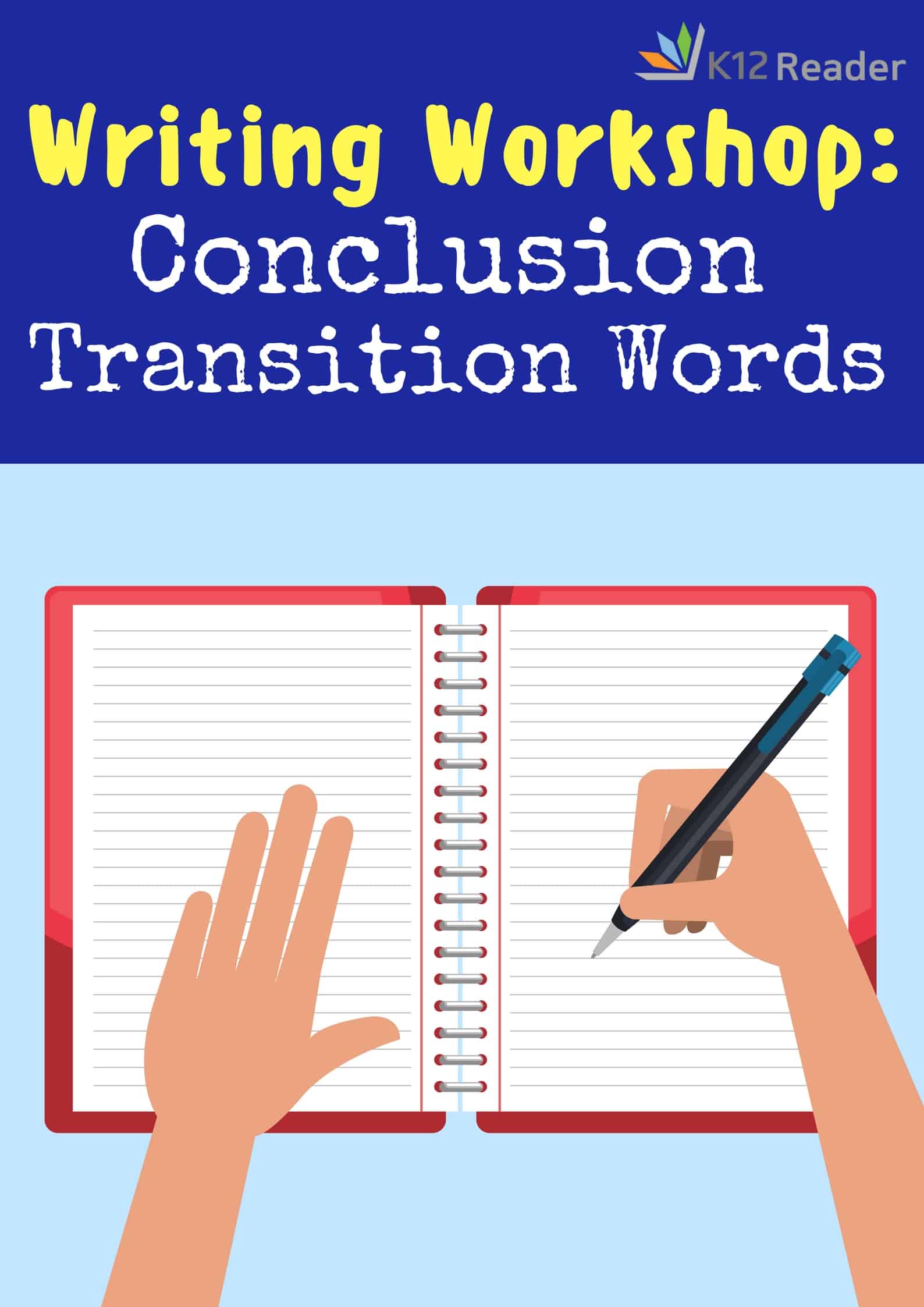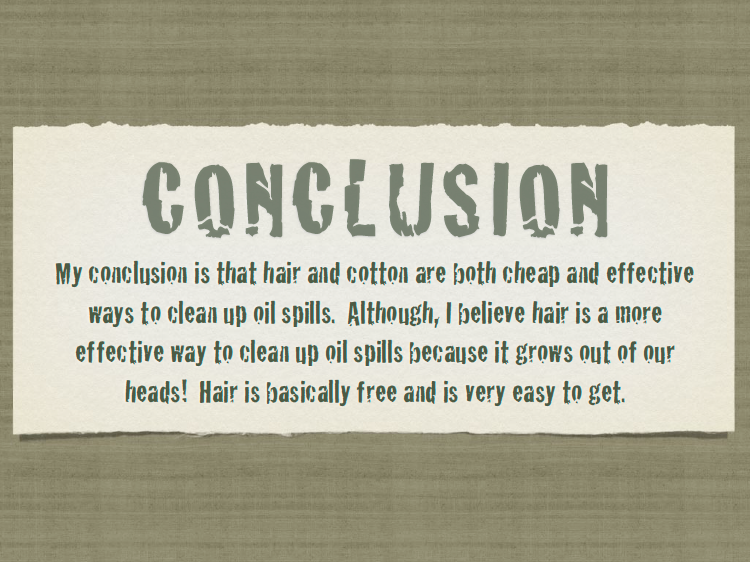Beautiful Tips About How To Write A History Fair Conclusion

Show why your argument matters;
How to write a history fair conclusion. The body provides reasons and. On balance, it seems that. After moving from general to specific information in the introduction and body paragraphs,.
Reiterate your argument clearly and forcefully. It shows a student’s historical knowledge and ability to express themselves. Your thesis statement must:
Sample conclusion for history paper. A clear link back to the question. A comparison between your results and initial hypothesis.
Not all journals share the. History’s subject matter is immense, encompassing all of human. When it comes to good conclusion examples, a good rule of thumb is to restate your thesis statement if you have one.
Leave your readers with a lasting impression of why your argument matters or. A strong conclusion aims to: How to write a conclusion.
This is to remind the marker about how you proved your argument. Go beyond facts to discuss the importance of a topic on history (impact, significance). This information will be similar to your elaboration sentences in your.
This is done so that when you state your. An introduction, a body, and a conclusion. A historical essay is a short piece of writing that answers a question or addresses a topic.
The introduction outlines your argument. Tie together the essay’s main points; The conclusion is usually one or two paragraphs long, pulling all.
For your conclusion, here are some additional phrases that can aid in your summation of the evidence presented. Once you select a topic, you are ready to begin your research by finding out what was going on before and during the time that your topic occurred. Every essay has three parts:
It is therefore concluded that… it is. The first two or three sentences of your introduction should provide a general introduction to the historical topic which your essay is about. What does a conclusion do?


















